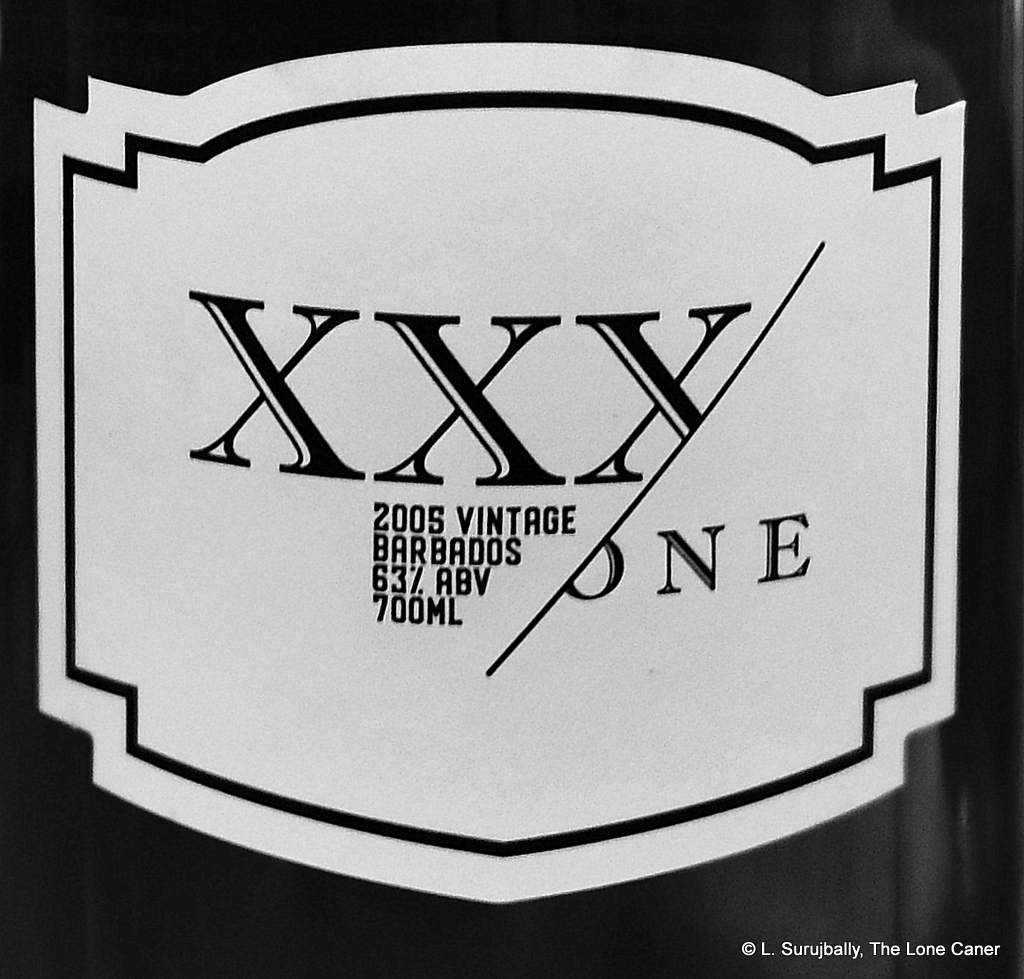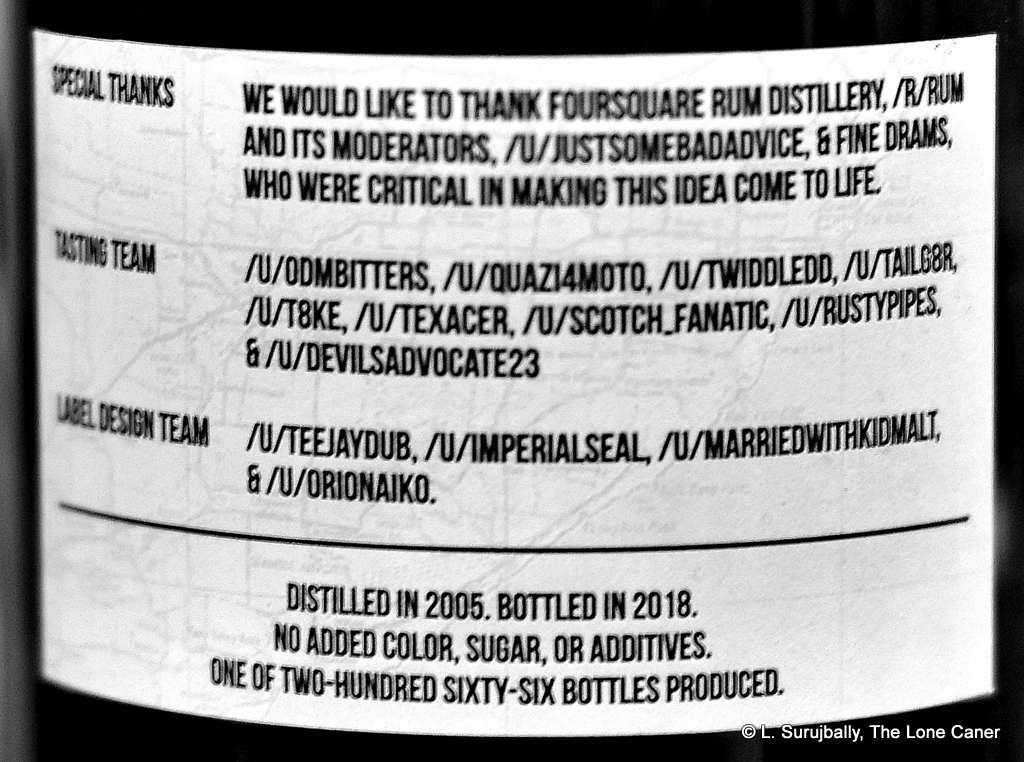
When non-knowledgeable list-makers who pepper the pages of equally clueless online magazines with their silly compendia ask for advice and help, I can tolerate it, but not from this guy, who I read quite a lot of and respect a whole lot more. He should not be asking, in such vague terms, to get for free what he’s paid to write.
On December 8th 2020, spirits writer Tony Sachs posed this question on the Ministry of Rum Forum on FB: “Hey all, picking your collective brain for an article I’m writing about the 21 best rums of the 21st century (so far). Quite a daunting task! I’m trying to go for a balance of delicious and historically significant. Any suggestions are welcome — they don’t have to be currently available, they just have to be great…..As you can tell, I’m just beginning the research! Of course rhums agricole and clairins are acceptable, so… don’t be shy.” In five hours this thing picked up some 77 responses, few of which were surprising (there were 94 less than two weeks later).
At the risk of sounding like a whining puke who enjoys raining on others’ parades and taking down seemingly innocuous and innocent inquiries just because I can, I think for a famed, widely published and widely read spirits writer to ask this question suggests a problematic lack of knowledge about the very spirit he seeks to be discussing and the language used to request ideas. There’s just so much wrong with with the question, and the whole mindset behind it.
Consider the following points and walk with me here:
One: the question is poorly phrased and defined in such vague terms as to lead to any amount of answers. For example: distilled in 21st century, or released for sale in the 21st century? (this has now been addressed). What does “great” mean? Who defines that? Does the statement “Agricoles and clairins are acceptable” mean that they are not to be taken seriously but can get a sympathy entry? Do spiced rums count? What about sweetened ones? And that word “delicious” – I mean, seriously? … that opens the door up to such a level of subjectivity as to make the exercise completely pointless, because the amount of candidates will simply overwhelm the number asked for. I expect more from a professional spirits writer with years of experience under his belt.
Two: The 21st century is ⅕ of the way through so it’s unclear what good such a list actually serves when we’re only 20% in (thanks, please hold your messages, I saw the escape clause of “so far”) – perhaps it’s a conflation of “coming of age” at 21 with next year and chosing that number of rums, I don’t know. But further to that, let me point out that the real increase in both rum knowledge and rum choice has happened in the last ten years, not the last twenty. This was enabled by the internet and social media (especially Facebook) coupled with the rise and proliferation of bloggers after around 2010 — and what it really means is that very few people have any idea of or about any “historically significant” rum released before that point (let alone a delicious one), unless it’s Velier.
Three: Leaving aside the inherent uselessness of “delicious” given its subjectivity, I doubt very many will know what a truly historically significant rum is, or, for that matter, why it is considered to be so (or should be). In other words, without the context and the statement of why, does any response to this aspect of the question have any meaning, really? Is a rum significant because it is a long time “workhorse” of the bar industry, as Jesse Torres commented? Because it is popular? Has loads of people saying it is? Made by a favoured distiller? Again, criteria are lacking.
Four: the current social media atmosphere favours some brands above others and they get the lion’s share of the press. I hardly need mention that these are Velier, Foursquare, Worthy Park, Hampden for the chatterati, and Appleton, St Lucia Distillers and an occasional agricole or rum from east of Greenwich for the balance. (The 77 comments mentioned above make the point: three quarters of all suggestions are from those outfits). This blinkered mindset relegates far too many rums of actual importance and great taste to the margins, unacknowledged, unknown, uncounted — and again points to the weakness of the “ask the crowd for suggestions” mentality. You either know your own subject or you don’t – if you do you shouldn’t be asking, and if you don’t you shouldn’t be writing.
You might think this is a mean-spirited hit piece against a spirits writer against whom I have a personal beef. But that’s reading too closely and far from the truth: this opinion is about far more than just one man’s modus operandi. I’m railing against the entire culture of indolence that seems to have permeated the online world, where, rather than do any kind of work to research a matter for themselves, so very many people – from professionals to amateurs to simple fans – prefer to simply toss out questions for others to answer, and accept those answers from people whose knowledge in the field they have no way of assessing. I have nothing but contempt for ivory tower pontificators who condescendingly offer up dismissals of many bloggers’ selfless, self-funded and enormously dedicated work with remarks like “A great deal of what passes for “Rum History” is the product of, at best, amateurs using google…”1 while producing nothing of value on the subject themselves, but it’s equally poor form to not even check the resources that are available before posing a query of this kind.
At end, from a narrow rum perspective, what this question really is, is a variation of that endearingly innocent “What should I start with?” which abounds in the reddit rum feed. From a beginner, I can accept it. From a pro? …well, not so much. Speaking as a writer myself, I don’t know what good crowdsourcing such a question serves, especially for an article one is likely being paid to write in a field where one holds oneself out as knowledgeable. Is it to get free help? Ideas? Thoughts I couldn’t come up with myself to add to those I can? Save some snooping-around time for work I should be doing, sourcing rum candidates which I, as a spirit writer, couldn’t find the time to research on my own? Sorry, snark or no snark, but I disapprove of this. It smacks of laziness.
And without even looking too hard, I can tell you pretty much what’s going to come out at the other end: Velier, Foursquare, clairins (which is Velier again), the New Jamaicans (Velier repped yet again, with Hampden), Smith & Cross, Rum Fire, maybe Appleton and Savanna, Privateer based on current comments, and a grudging few nods to one or two others. I’d be surprised if anything out of Asia, Australia, Africa or even South America makes the cut. So in the end, it’s pointless. Too much will be excluded no matter what you do and attention will be focused on trends of the day, with not enough light being shone on real long term stars that have stood the test of time over the last twenty years.
Summing up, here’s what I think: you want to write an article like that, create a catchy listicle like that, it’s at best an opinion, so you base it on serious and rigorously defined criteria; on your knowledge and your observation of the field, and your own tastings. You don’t casually farm it out to the crowd. Because posting that question to the MoR is like wandering into a stadium of Rolling Stones fans and asking “Uhhh…who else should I be listening to?” Completely useless. Mr. Sachs would do better to do the fieldwork himself, solo. Then at least the result would be his own honest take, not a crowdsourced smorgasbord based on either the opinions of trend-followers, or the generous input of others who really care about the subject. A subject he should, in any event, know enough about already.
Update February 2021
Some days after I published this editorial, Mr. Sachs contacted me. He took no offense at what I had written, was a complete gent about the whole thing, and we discussed his article and the potential candidates and pitfalls for several days.
The list he finally made is, I think, one of the best of its kind to have come out in recent years – not because of the rums he chose, exactly (though those are pretty good given the work he had to do to narrow down the field) but because of the narrative accompanying each one, a combination of trivia, facts and background detail, plus some thoughtful commentary. I had no input into what he finally chose, but he was kind enough to give me a hat tip when he shared the post on FB.
Was my post an exercise in snark? Maybe. Would I take it down? No. Not just because I stand by what I write and take the hit for when I’m wrong, but because the points that were made are relevant and retain a greater applicability than merely to Mr. Sachs. It’s to his credit that he did such a bang up job in spite of my initial fears.
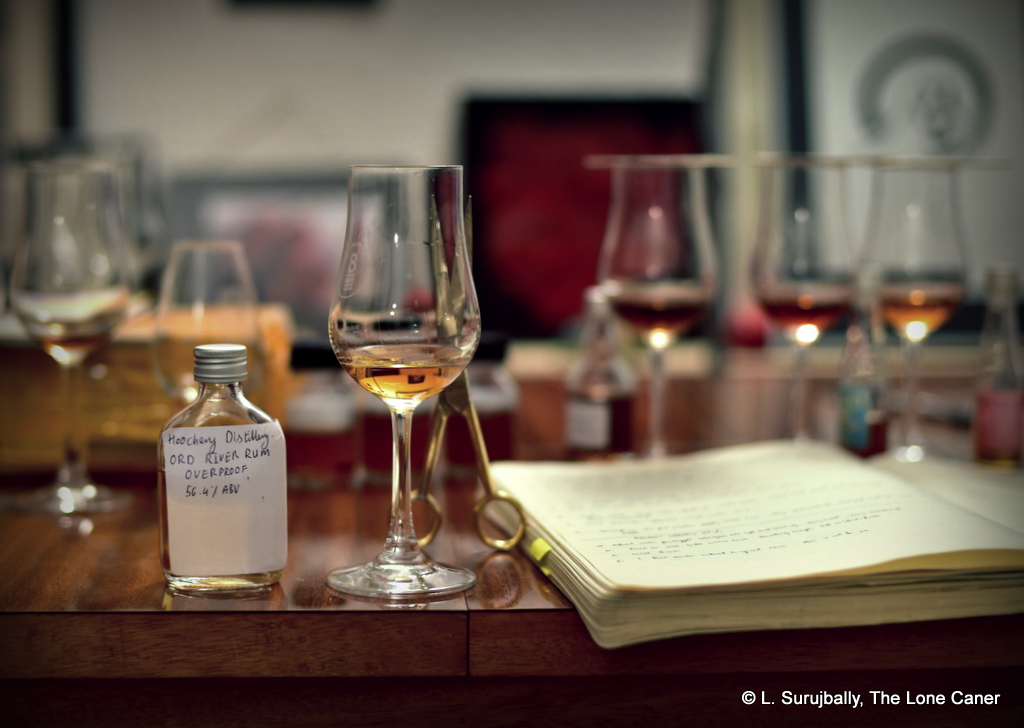
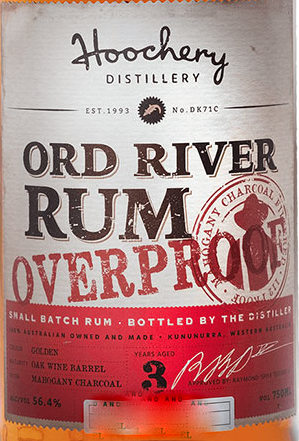 The nose begins with metallic, ashy notes right away, damp cardboard in a long-abandoned, leaky musty house. Thankfully this peculiar aroma doesn’t hang around, but morphs into a sort of soya-salt veggie soup vibe, which in turn gets muskier and sweeter over time; it releases notes of bananas and molasses and syrup, before gradually lightening and becoming – surprisingly enough – rather crisp. White fruits emerge – unripe pears and guavas, green apples, gooseberries, grapes. What’s really surprising is the way this all transforms over a period of ten minutes or so from one nasal profile to another. It’s not usual, but it is noteworthy.
The nose begins with metallic, ashy notes right away, damp cardboard in a long-abandoned, leaky musty house. Thankfully this peculiar aroma doesn’t hang around, but morphs into a sort of soya-salt veggie soup vibe, which in turn gets muskier and sweeter over time; it releases notes of bananas and molasses and syrup, before gradually lightening and becoming – surprisingly enough – rather crisp. White fruits emerge – unripe pears and guavas, green apples, gooseberries, grapes. What’s really surprising is the way this all transforms over a period of ten minutes or so from one nasal profile to another. It’s not usual, but it is noteworthy.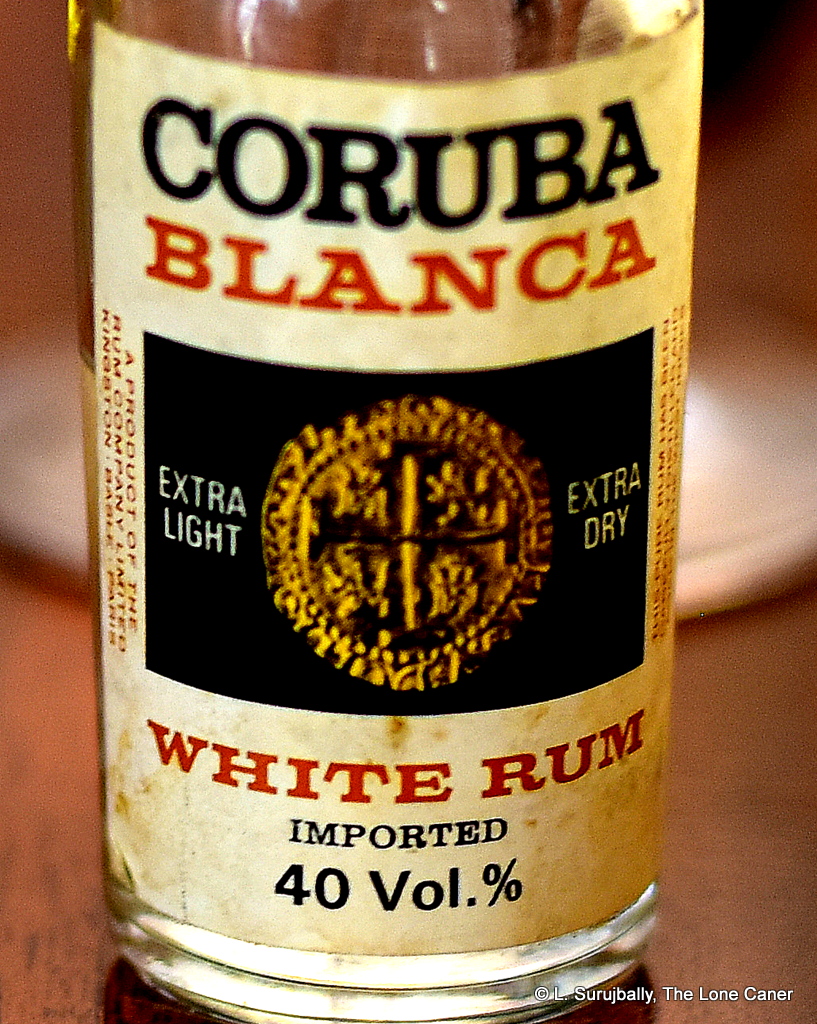 Rumaniacs Review #122 | 0785
Rumaniacs Review #122 | 0785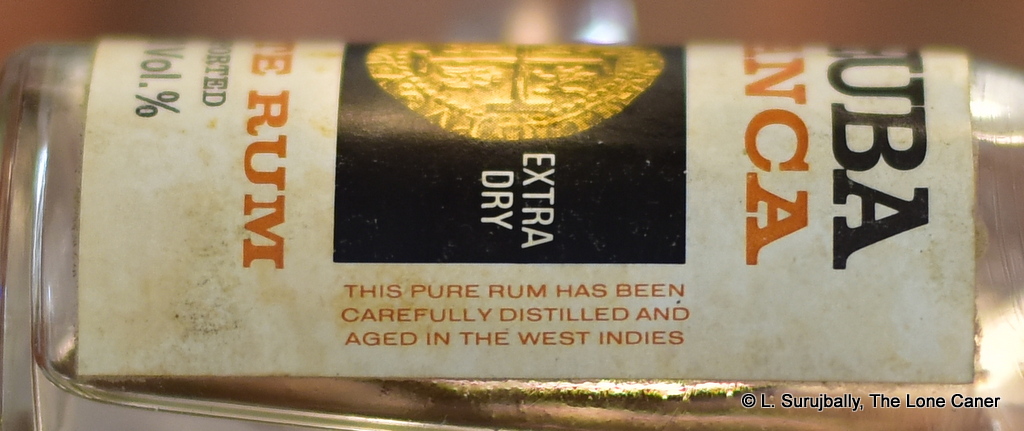
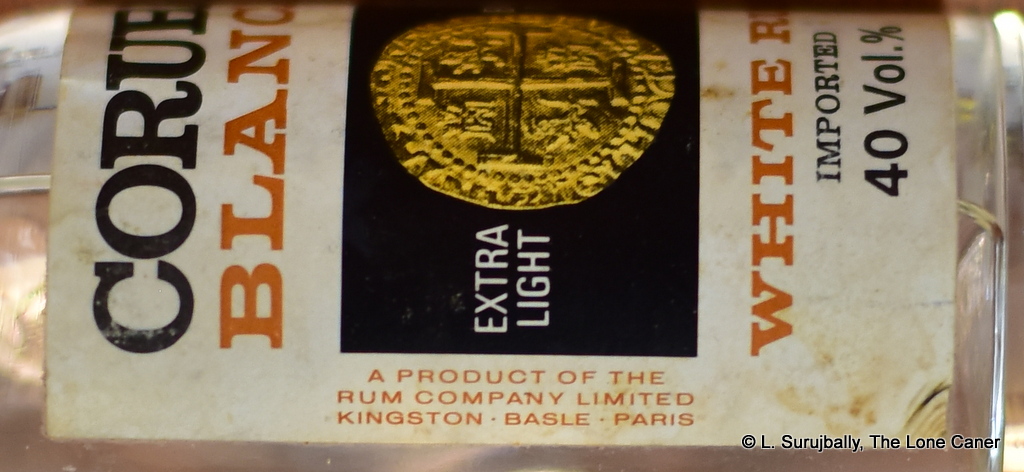

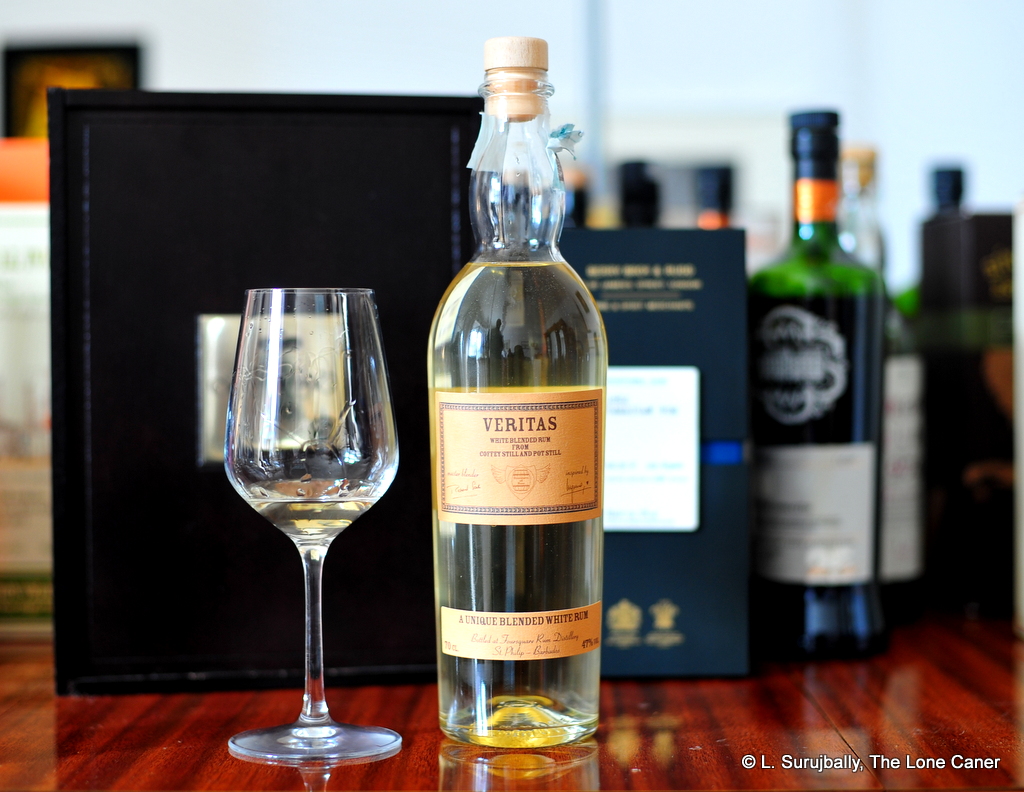
 When it really comes down to it, the only thing I didn’t care for is the name. It’s not that I wanted to see “Jamados” or “Bamaica” on a label (one shudders at the mere idea) but I thought “Veritas” was just being a little too hamfisted with respect to taking a jab at Plantation in the ongoing feud with Maison Ferrand (the statement of “unsullied by sophistic dosage” pointed there). As it turned out, my opinion was not entirely justified, as Richard Seale noted in a comment to to me that… “It was intended to reflect the simple nature of the rum – free of (added) colour, sugar or anything else including at that time even addition from wood. The original idea was for it to be 100% unaged. In the end, when I swapped in aged pot for unaged, it was just markedly better and just ‘worked’ for me in the way the 100% unaged did not.” So for sure there was more than I thought at the back of this title.
When it really comes down to it, the only thing I didn’t care for is the name. It’s not that I wanted to see “Jamados” or “Bamaica” on a label (one shudders at the mere idea) but I thought “Veritas” was just being a little too hamfisted with respect to taking a jab at Plantation in the ongoing feud with Maison Ferrand (the statement of “unsullied by sophistic dosage” pointed there). As it turned out, my opinion was not entirely justified, as Richard Seale noted in a comment to to me that… “It was intended to reflect the simple nature of the rum – free of (added) colour, sugar or anything else including at that time even addition from wood. The original idea was for it to be 100% unaged. In the end, when I swapped in aged pot for unaged, it was just markedly better and just ‘worked’ for me in the way the 100% unaged did not.” So for sure there was more than I thought at the back of this title.





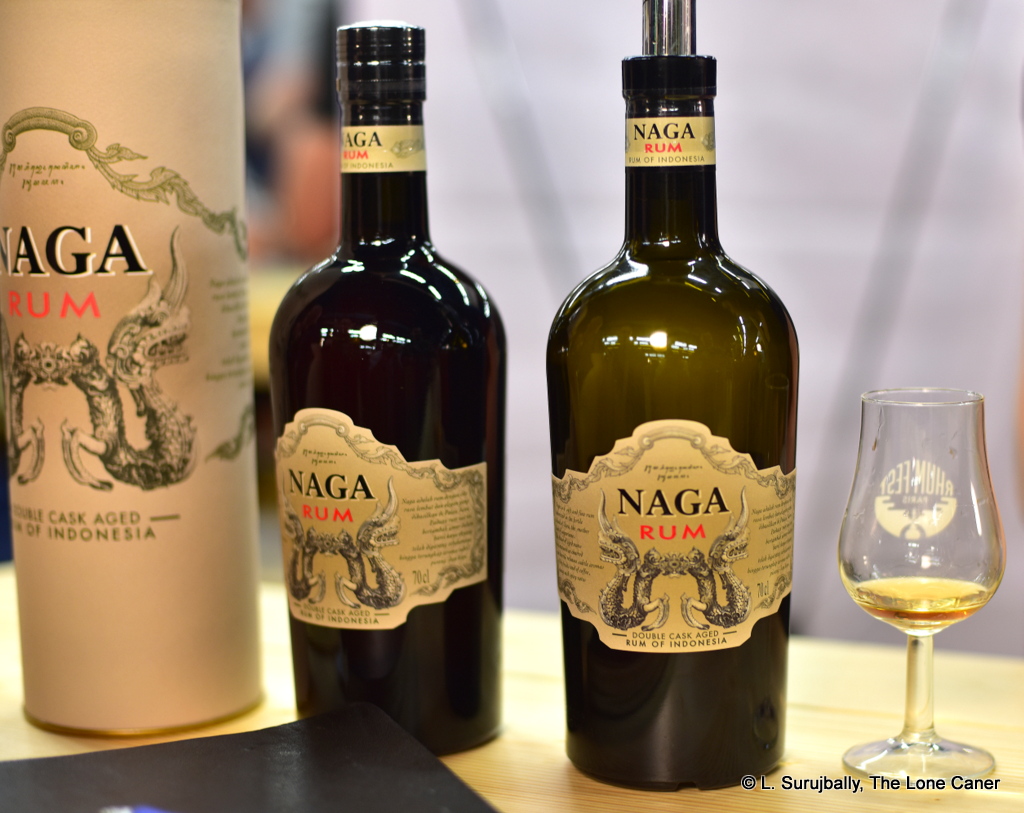
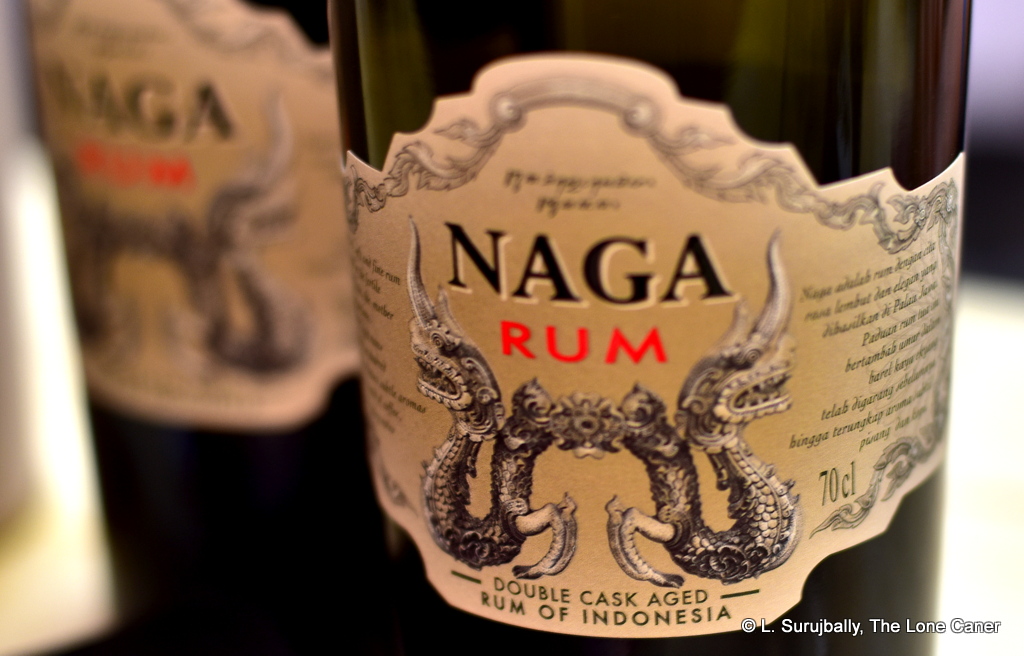 This process provides a tasting profile that reminds me of nothing so much than a slightly addled wooden still-rum from El Dorado: it’s sweet, feels the slightest bit sticky, and has strong notes of dark fruits, red licorice, plums, raisins and an almond chocolate bar gone soft in the heat. There’s other stuff in there as well – some caramel, vanilla, pepper again, light orange peel, but overall the whole thing is not particularly complex, and it ambles easily towards a short and gentle finish of no particular distinction that pretty much displays some dark fruit, caramel, anise and molasses, and that’s about it.
This process provides a tasting profile that reminds me of nothing so much than a slightly addled wooden still-rum from El Dorado: it’s sweet, feels the slightest bit sticky, and has strong notes of dark fruits, red licorice, plums, raisins and an almond chocolate bar gone soft in the heat. There’s other stuff in there as well – some caramel, vanilla, pepper again, light orange peel, but overall the whole thing is not particularly complex, and it ambles easily towards a short and gentle finish of no particular distinction that pretty much displays some dark fruit, caramel, anise and molasses, and that’s about it.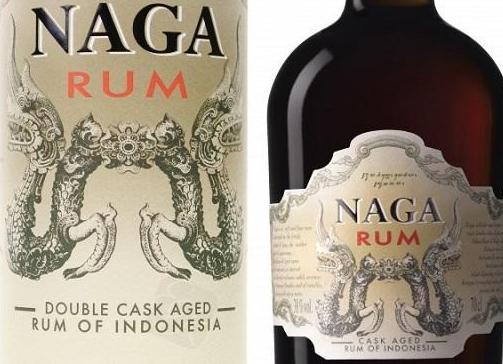 So, until we know more, focus on the rum itself. It’s quiet and gentle and some cask strength lovers might say – not without justification – that it’s insipid. It has some good tastes, simple but okay, and hews to a profile with which we’re not entirely unfamiliar. It has a few off notes and a peculiar substrate of something different, which is a good thing. So in the end,
So, until we know more, focus on the rum itself. It’s quiet and gentle and some cask strength lovers might say – not without justification – that it’s insipid. It has some good tastes, simple but okay, and hews to a profile with which we’re not entirely unfamiliar. It has a few off notes and a peculiar substrate of something different, which is a good thing. So in the end, 
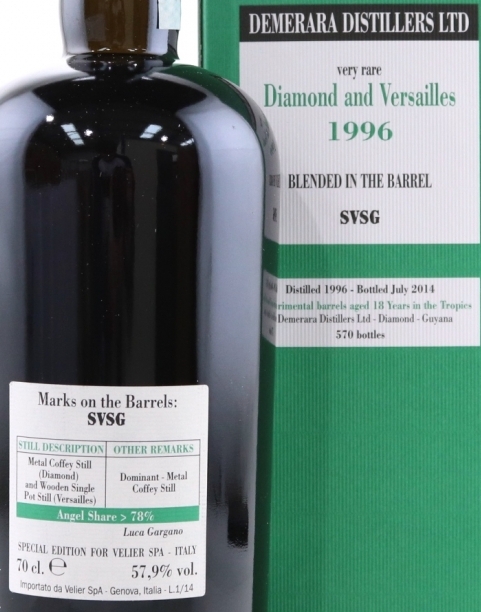 By the time this rum was released in 2014, things were already slowing down for Velier in its ability to select original, unusual and amazing rums from DDLs warehouses, and of course it’s common knowledge now that 2014 was in fact the last year they did so. The previous chairman, Yesu Persaud, had retired that year and the arrangement with Velier was discontinued as DDL’s new Rare Collection was issued (in early 2016) to supplant them.
By the time this rum was released in 2014, things were already slowing down for Velier in its ability to select original, unusual and amazing rums from DDLs warehouses, and of course it’s common knowledge now that 2014 was in fact the last year they did so. The previous chairman, Yesu Persaud, had retired that year and the arrangement with Velier was discontinued as DDL’s new Rare Collection was issued (in early 2016) to supplant them. The nose had been so stuffed with stuff (so to speak) that the palate had a hard time keeping up. The strength was excellent for what it was, powerful without sharpness, firm without bite. But the whole presented as somewhat more bitter than expected, with the taste of oak chips, of cinchona bark, or the antimalarial pills I had dosed on for my working years in the bush. Thankfully this receded, and gave ground to cumin, coffee, dark chocolate, coca cola, bags of licorice (of course), prunes and burnt sugar (and I
The nose had been so stuffed with stuff (so to speak) that the palate had a hard time keeping up. The strength was excellent for what it was, powerful without sharpness, firm without bite. But the whole presented as somewhat more bitter than expected, with the taste of oak chips, of cinchona bark, or the antimalarial pills I had dosed on for my working years in the bush. Thankfully this receded, and gave ground to cumin, coffee, dark chocolate, coca cola, bags of licorice (of course), prunes and burnt sugar (and I 
 One such is this Samaroli rum sporting an impressive 22 years of continental ageing, hailing from Grenada – alas, not Rivers Antoine, but you can’t have everything (the rum very likely came from Westerhall – they ceased distilling in 1996 but were the only ones exporting bulk rum before that). You’ll look long and hard before you find any kind of write up about it, or anyone who owns it – not surprising when you consider the €340 price tag it fetches in stores and at auction. This is the second Grenada rum selected under the management of Antonio Bleve who took over operations at Samaroli in the mid 2000s and earned himself a similar reputation as Sylvio Samaroli (RIP), that of having the knack of picking right.
One such is this Samaroli rum sporting an impressive 22 years of continental ageing, hailing from Grenada – alas, not Rivers Antoine, but you can’t have everything (the rum very likely came from Westerhall – they ceased distilling in 1996 but were the only ones exporting bulk rum before that). You’ll look long and hard before you find any kind of write up about it, or anyone who owns it – not surprising when you consider the €340 price tag it fetches in stores and at auction. This is the second Grenada rum selected under the management of Antonio Bleve who took over operations at Samaroli in the mid 2000s and earned himself a similar reputation as Sylvio Samaroli (RIP), that of having the knack of picking right.  So what to make of this expensive two-decades-old Grenada rum released by an old and proud Italian house? Overall it’s really quite pleasant, avoids disaster and is tasty enough, just nothing special. I was expecting more. You’d be hard pressed to identify its provenance if tried blind. Like an SUV taking the highway, it stays firmly on the road without going anywhere rocky or offroad, perhaps fearing to nick the paint or muddy the tyres.
So what to make of this expensive two-decades-old Grenada rum released by an old and proud Italian house? Overall it’s really quite pleasant, avoids disaster and is tasty enough, just nothing special. I was expecting more. You’d be hard pressed to identify its provenance if tried blind. Like an SUV taking the highway, it stays firmly on the road without going anywhere rocky or offroad, perhaps fearing to nick the paint or muddy the tyres. 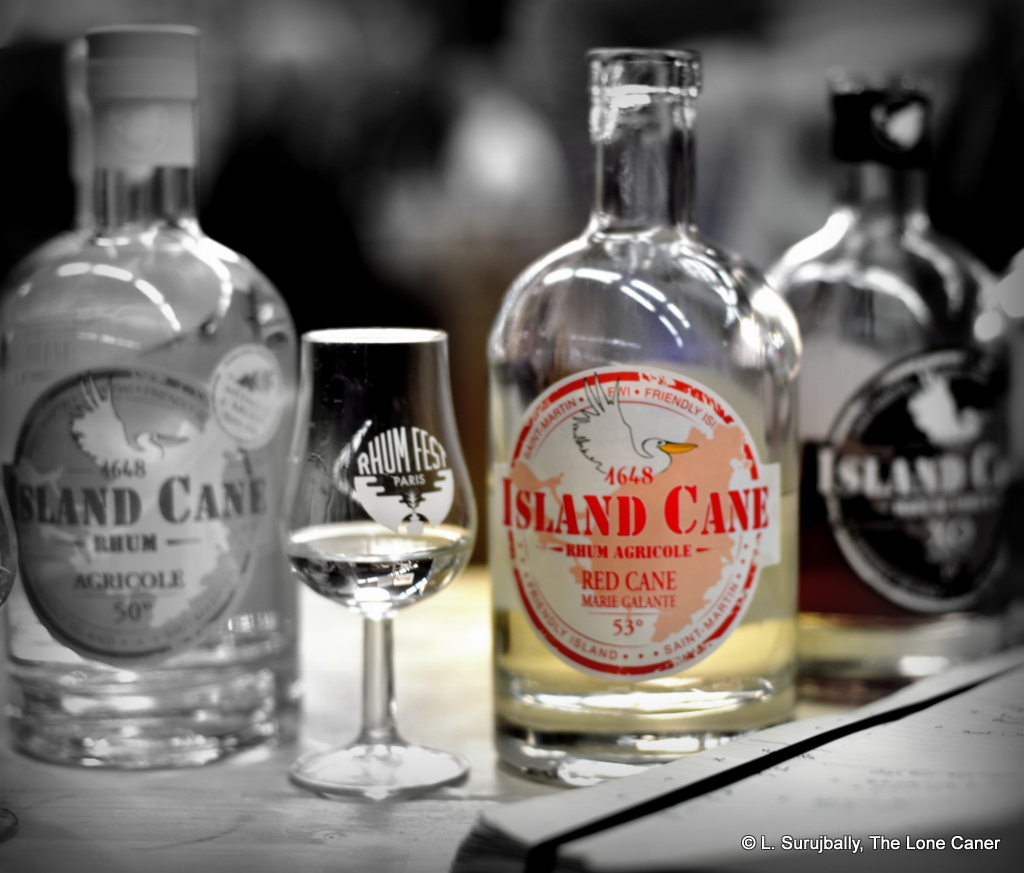
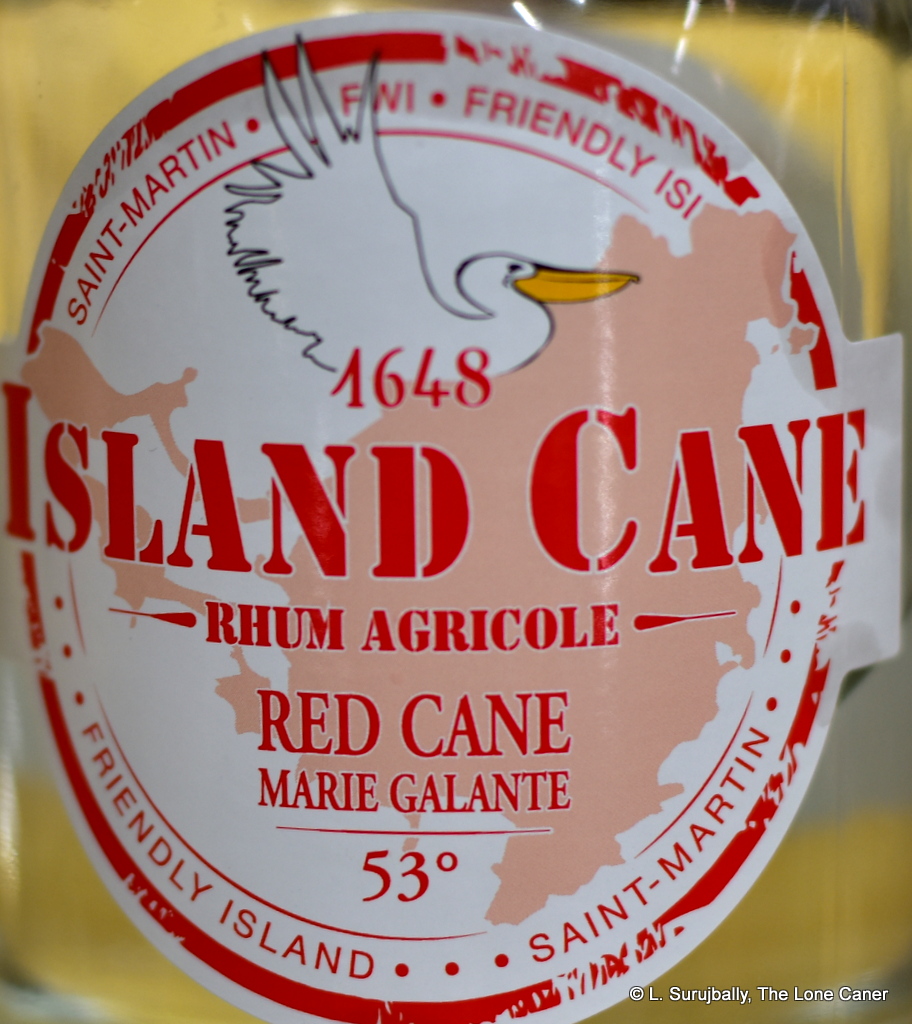 All that comes together in a rhum of uncommonly original aroma and taste. It opens with smells that confirm its provenance as an agricole, and it displays most of the hallmarks of a rhum from the blanc side (herbs, grassiness, crisp citrus and tart fruits)…but that out of the way, evidently feels it is perfectly within its rights to take a screeching ninety degree left turn into the woods. Woody and even meaty notes creep out, which seem completely out of place, yet somehow work. This all combines with salt, rancio, brine, and olives to mix it up some more, but the overall effect is not unpleasant – rather it provides a symphony of undulating aromas that move in and out, no single one ever dominating for long before being elbowed out of the way by another.
All that comes together in a rhum of uncommonly original aroma and taste. It opens with smells that confirm its provenance as an agricole, and it displays most of the hallmarks of a rhum from the blanc side (herbs, grassiness, crisp citrus and tart fruits)…but that out of the way, evidently feels it is perfectly within its rights to take a screeching ninety degree left turn into the woods. Woody and even meaty notes creep out, which seem completely out of place, yet somehow work. This all combines with salt, rancio, brine, and olives to mix it up some more, but the overall effect is not unpleasant – rather it provides a symphony of undulating aromas that move in and out, no single one ever dominating for long before being elbowed out of the way by another.

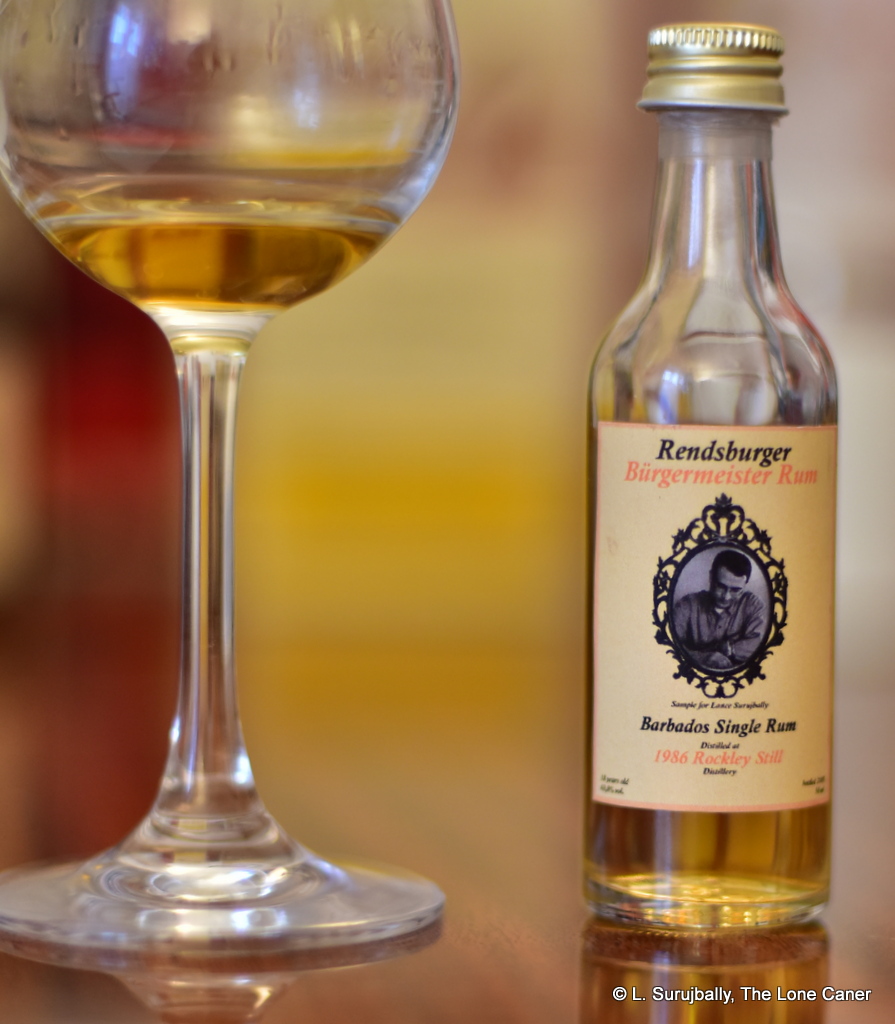 So let’s try it and see what the fuss is all about. Nose first. Well, it’s powerul sharp, let me tell you (63.8% ABV!), both crisper and more precise than the
So let’s try it and see what the fuss is all about. Nose first. Well, it’s powerul sharp, let me tell you (63.8% ABV!), both crisper and more precise than the 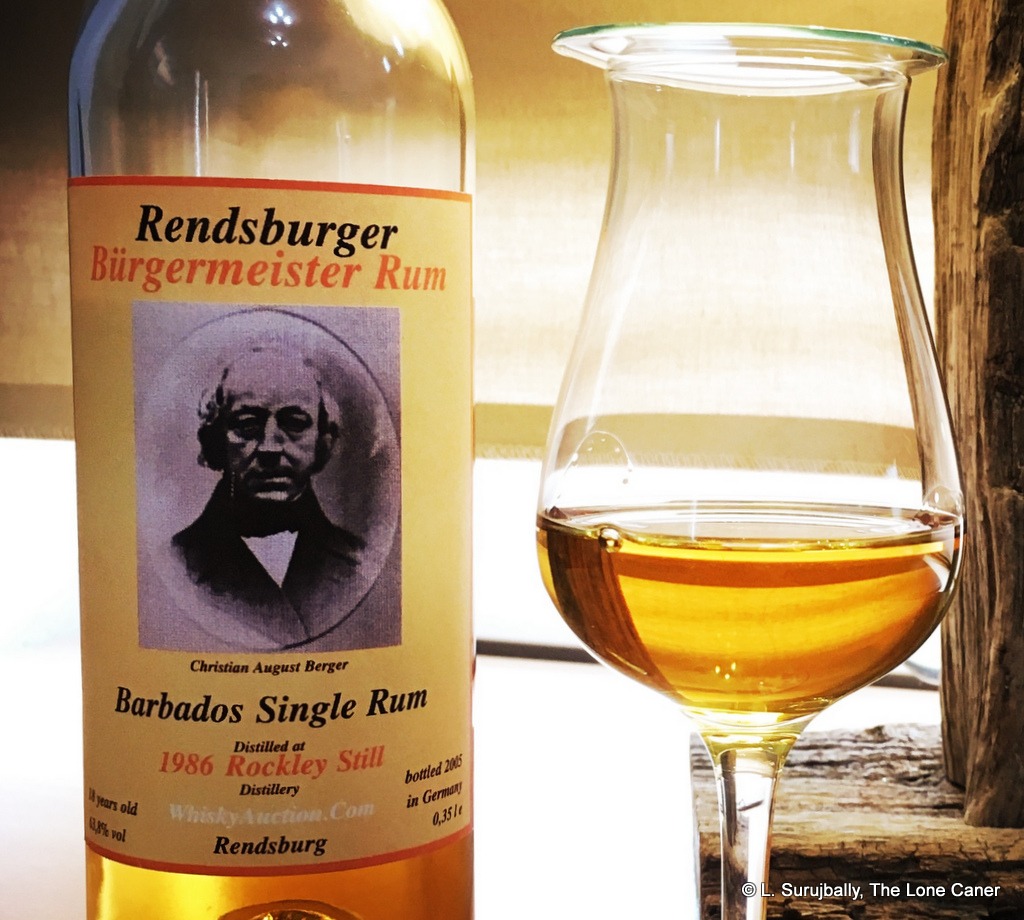
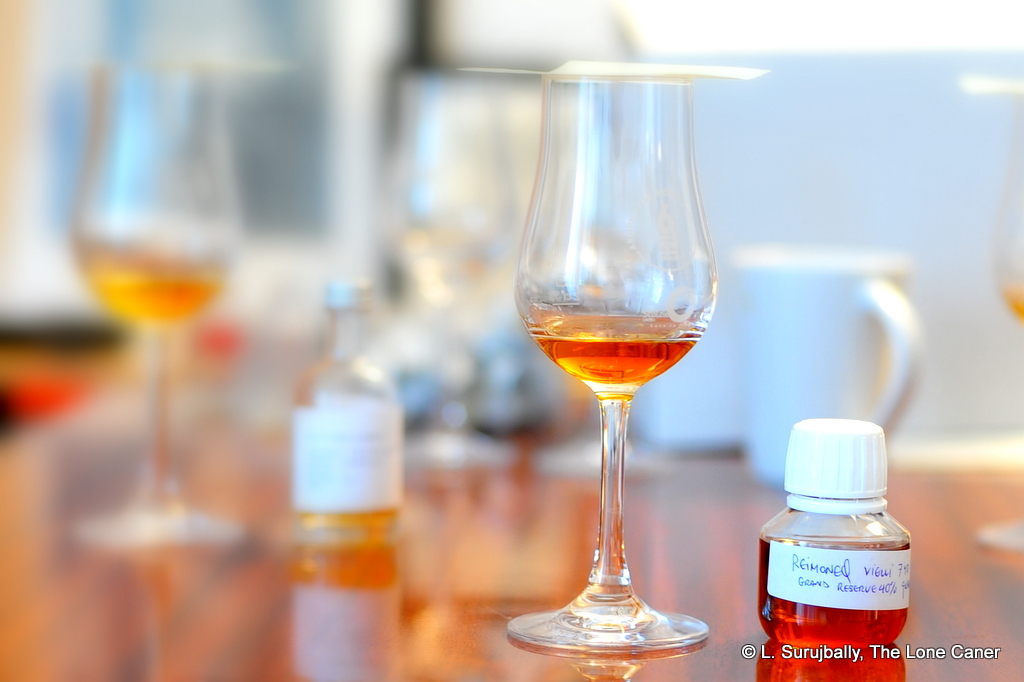
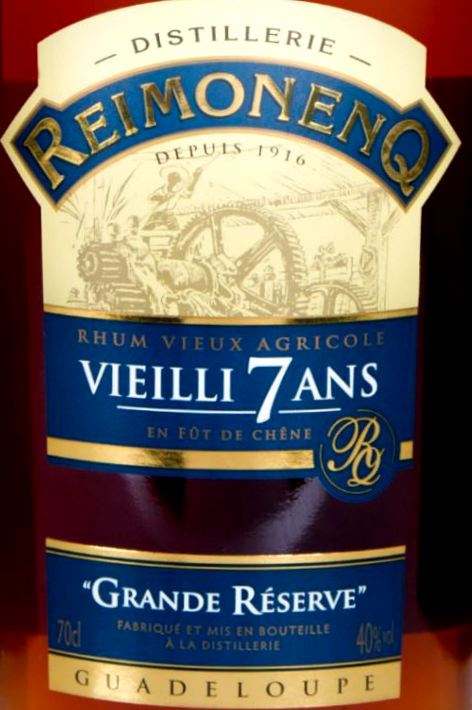 I was really and pleasantly surprised by how well it presented, to be honest. For a standard strength rhum, I expected less, but its complexity and changing character eventually won me over. Looking at others’ reviews of rhums in Reimonenq’s range I see similar flip flops of opinion running through them all. Some like one or two, some like that one more than that other one, there are those that are too dry, too sweet, too fruity (with a huge swing of opinion), and the little literature available is a mess of ups and downs.
I was really and pleasantly surprised by how well it presented, to be honest. For a standard strength rhum, I expected less, but its complexity and changing character eventually won me over. Looking at others’ reviews of rhums in Reimonenq’s range I see similar flip flops of opinion running through them all. Some like one or two, some like that one more than that other one, there are those that are too dry, too sweet, too fruity (with a huge swing of opinion), and the little literature available is a mess of ups and downs.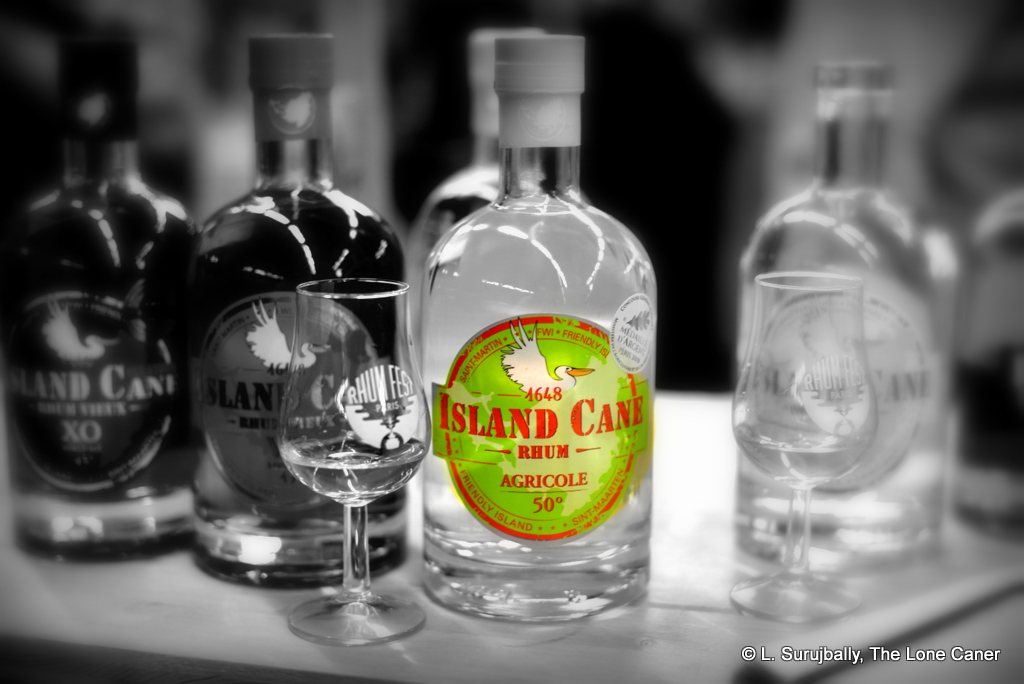
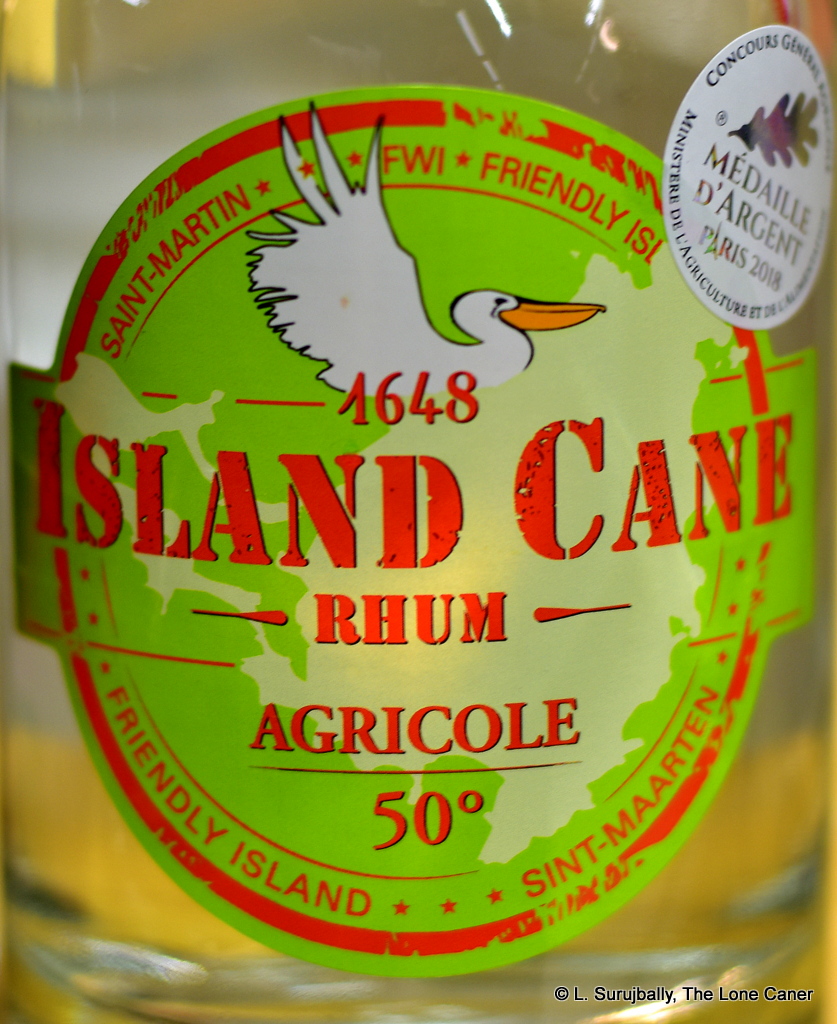
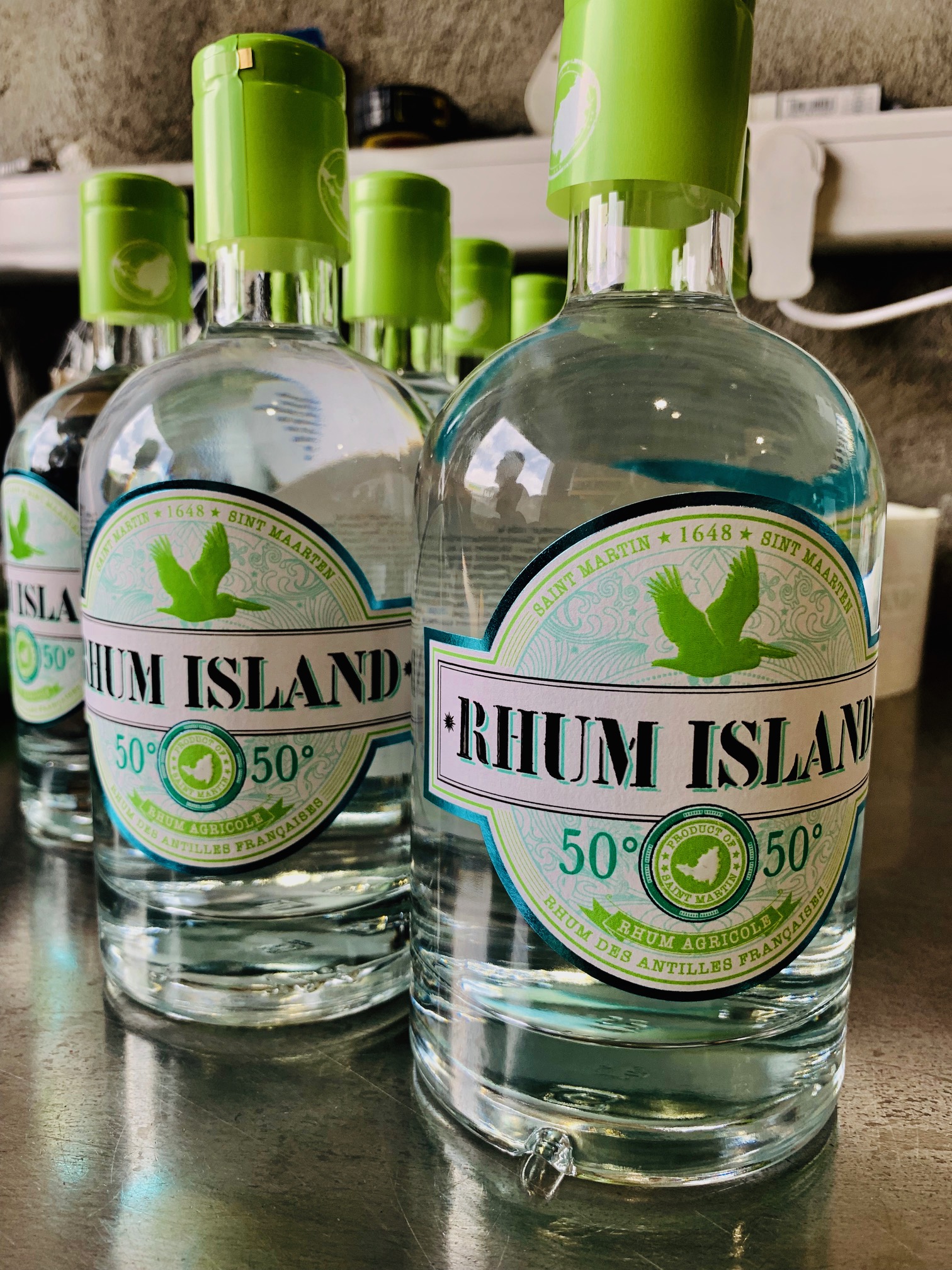
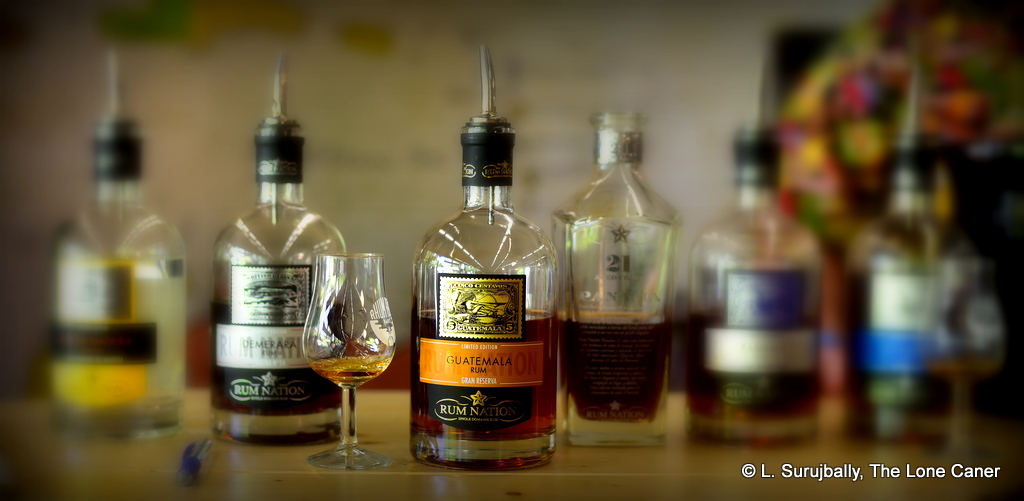
 Rum Nation’s own
Rum Nation’s own 
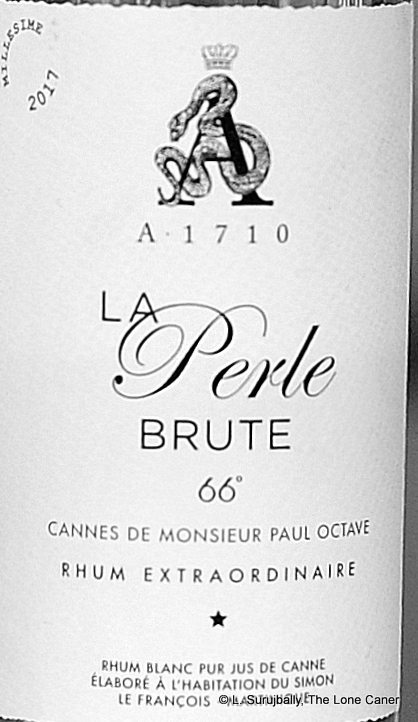 The results of all that micro-management are amazing.The nose, fierce and hot, lunges out of the bottle right away, hardly needs resting, and is immediately redolent of brine, olives, sugar water,and wax, combined with lemony botes (love those), the dustiness of cereal and the odd note of sweet green peas smothered in sour cream (go figure). Secondary aromas of fresh cane sap, grass and sweet sugar water mixed with light fruits (pears, guavas, watermelons) soothe the abused nose once it settles down.
The results of all that micro-management are amazing.The nose, fierce and hot, lunges out of the bottle right away, hardly needs resting, and is immediately redolent of brine, olives, sugar water,and wax, combined with lemony botes (love those), the dustiness of cereal and the odd note of sweet green peas smothered in sour cream (go figure). Secondary aromas of fresh cane sap, grass and sweet sugar water mixed with light fruits (pears, guavas, watermelons) soothe the abused nose once it settles down.
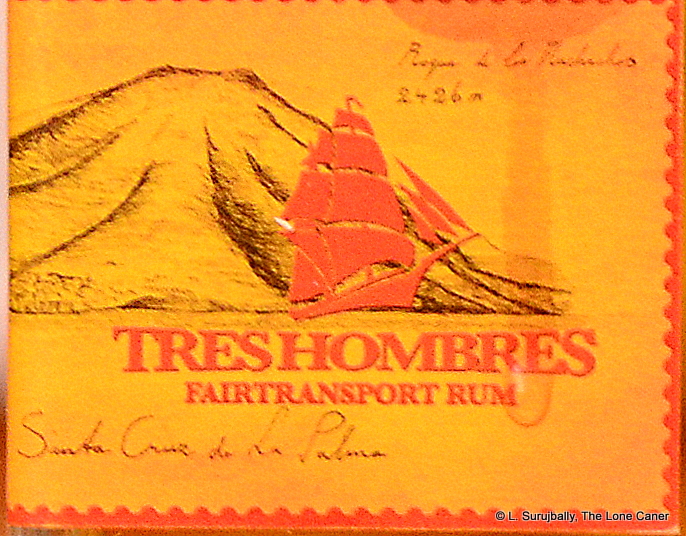 Well, Canary Islands or Dominican Republic (I’ll assume The Hombres are correct and it’s the former), it has to be evaluated, so while emails and queries chase themselves around, let’s begin. Nose first: kind of sultry and musky. Green peas developing some fuzz, old bananas, vanilla and grated coconut, that kind of neither too-sweet nor too-salt nor too-sour middle ground. It’s a little spicy and overall presents as not only relatively simple, but a little thin too, and one gets the general impression that there’s just not much gong on.
Well, Canary Islands or Dominican Republic (I’ll assume The Hombres are correct and it’s the former), it has to be evaluated, so while emails and queries chase themselves around, let’s begin. Nose first: kind of sultry and musky. Green peas developing some fuzz, old bananas, vanilla and grated coconut, that kind of neither too-sweet nor too-salt nor too-sour middle ground. It’s a little spicy and overall presents as not only relatively simple, but a little thin too, and one gets the general impression that there’s just not much gong on.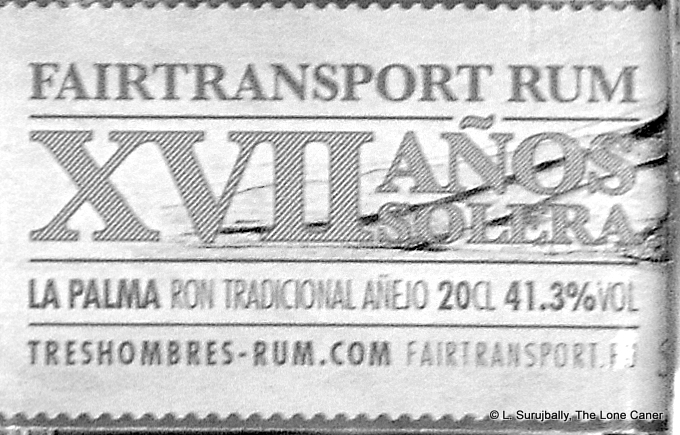 Tres Hombres is now up to No. 34 or something, includes gin in the lineup, still do some ageing onboard for a month or so it takes to cross the Atlantic and certainly they have not lost their enthusiasm — they include rums from Barbados, DR and the Canary islands. Whether this part of their business will carry them into the future or forever be a sideline is, however, not something I can answer at this time – the lack of overall publicity surrounding their rums, suggests they still have a ways to go with respect to wider consciousness and acceptance.
Tres Hombres is now up to No. 34 or something, includes gin in the lineup, still do some ageing onboard for a month or so it takes to cross the Atlantic and certainly they have not lost their enthusiasm — they include rums from Barbados, DR and the Canary islands. Whether this part of their business will carry them into the future or forever be a sideline is, however, not something I can answer at this time – the lack of overall publicity surrounding their rums, suggests they still have a ways to go with respect to wider consciousness and acceptance.
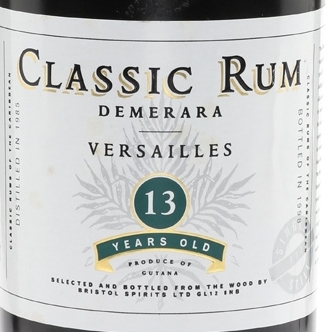 Bristol, I think, came pretty close with this relatively soft 46% Demerara. The easier strength may have been the right decision because it calmed down what would otherwise have been quite a seriously sharp and even bitter nose. That nose opened with rubber and plasticine and a hot glue gun smoking away on the freshly sanded wooden workbench. There were pencil shavings, a trace of oaky bitterness, caramel, toffee, vanilla and slowly a firm series of crisp fruity notes came to the fore: green apples, raisins, grapes, apples, pears, and then a surprisingly delicate herbal touch of thyme, mint, and basil.
Bristol, I think, came pretty close with this relatively soft 46% Demerara. The easier strength may have been the right decision because it calmed down what would otherwise have been quite a seriously sharp and even bitter nose. That nose opened with rubber and plasticine and a hot glue gun smoking away on the freshly sanded wooden workbench. There were pencil shavings, a trace of oaky bitterness, caramel, toffee, vanilla and slowly a firm series of crisp fruity notes came to the fore: green apples, raisins, grapes, apples, pears, and then a surprisingly delicate herbal touch of thyme, mint, and basil. 